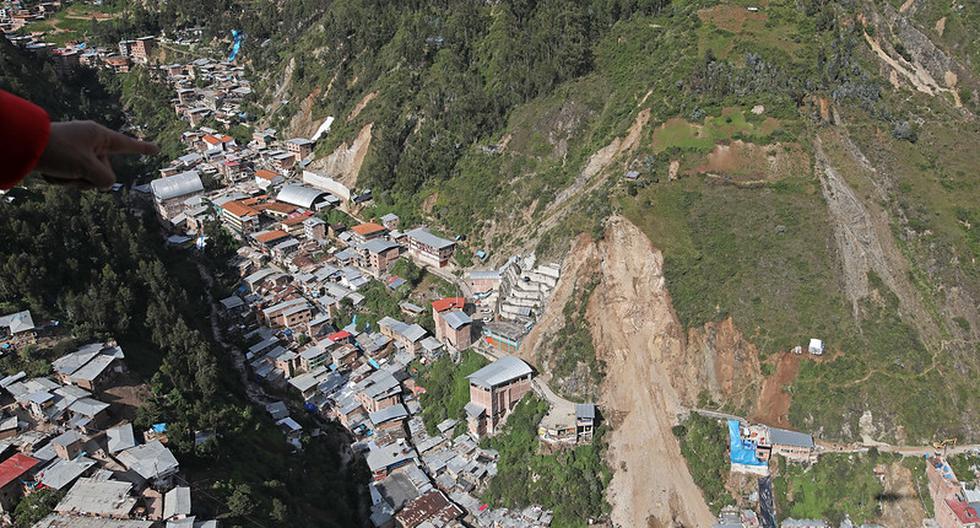According to the Association of Multiple Banks of the Dominican Republic (ABA), the main cyber crime of which they are victims, both commercial bankslike clients in the Dominican Republic, is the theft of confidential information or “phishing”. The association also reported that in 2021 it invested RD$1,350 million to guarantee the security of transactions.
This association answered questions from Diario Libre on this subject, where it stated that most of these attacks are carried out from the same country, against clients, who are attacked through social networks and emails.
Below are the answers to the ABA before the questions of Diario Libre:
1. What are the cybercrimes of which customers and banks are most frequently victims, and what are the countries of origin?
The main cybercrimes that bank customers are victims of are social engineering crimes such as phishing. These cyber attacks they are made through the emails of financial users and their origin is mostly at the local level.
This consists of trying to capture or steal confidential information from customers, such as their usernames and passwords, credit card numbers, among other information, so that the victim voluntarily reveals said information through manipulation and deception techniques.
At the banking sector level, we recommend consulting with official sources such as the Superintendence of Banks (SIB), the National Cybersecurity Center (CNCS) and/or the Central Bank of the Dominican Republic (BCRD).
2. What is the impact that these crimes have had on banks and customers? How does the service they provide to citizens become more expensive because of costs?
These crimes have led to banks having to invest significant resources in carrying out awareness campaigns to warn and educate customers, so that they protect themselves and avoid falling into these scams and not allow their information to be stolen. Likewise, banks must invest in robust cybersecurity programs and tools to protect themselves against different cyber attacks.
It should be noted that in 2021, the banks allocated a total of RD$1,350 million pesos, to guarantee the security of the financial operations carried out by their users through the different digital platforms available to them, which demonstrates the importance that our members give to the cybersecurity.
3. How many electronic crimes have occurred in recent years in banking?
The ABA does not have these statistics. We recommend consulting with official sources such as the Superintendency of Banks, the National Cybersecurity Center (CNCS) or the BCRD.
We can highlight that, among the attacks that multiple banks face on a daily basis are those of social engineering, fraud via identity theft by WhatsApp, and other social networks such as Instagram and Facebook.
We emphasize that, as part of the actions to prevent these and other forms of cybercrime, since last year we have promoted an orientation campaign for all citizens called “I Safely Navigate”, displayed on the website yonavegoseguro.com.do and digital platforms ABAas well as those of financial entities associated with our guild.
4. What is the position of the ABA regarding the new law on cybersecurity?
The ABA highly values the Cyber Security and Information Regulation, because it is the legal framework that serves as a protection mechanism for multiple banks and different financial institutions to mitigate the cyber risks to which they are exposed and minimize the impacts of threats and cyber attacks that its clients and/or its critical structure may suffer, in the face of an increasingly digital era that is constantly evolving.
Likewise, this regulation has as part of its objectives that financial institutions have the tools for the prevention, detection and response to cybersecurity incidents.
On the other hand, this law brought as an added value the creation of SPRICS, which is the Sectoral Center for Response to Cybersecurity Incidents for the Financial and Payment System, and which is operated by the Central Bank of the Dominican Republic.








